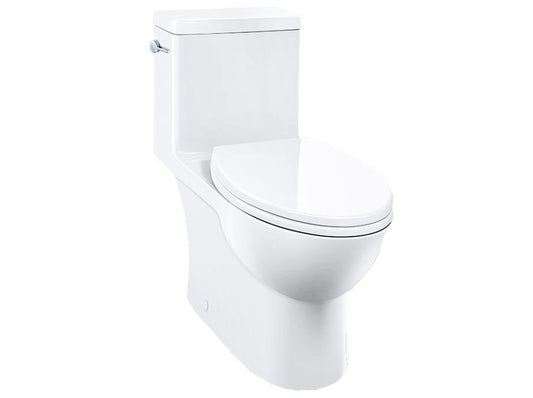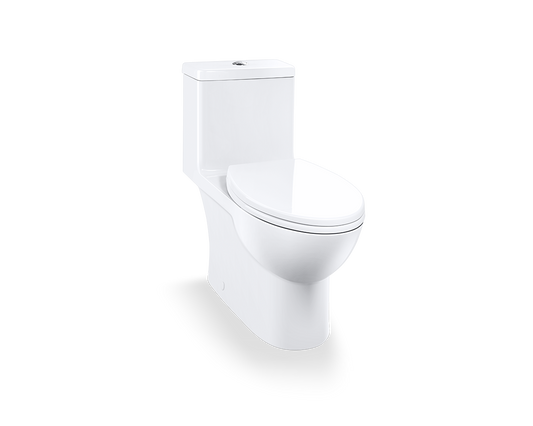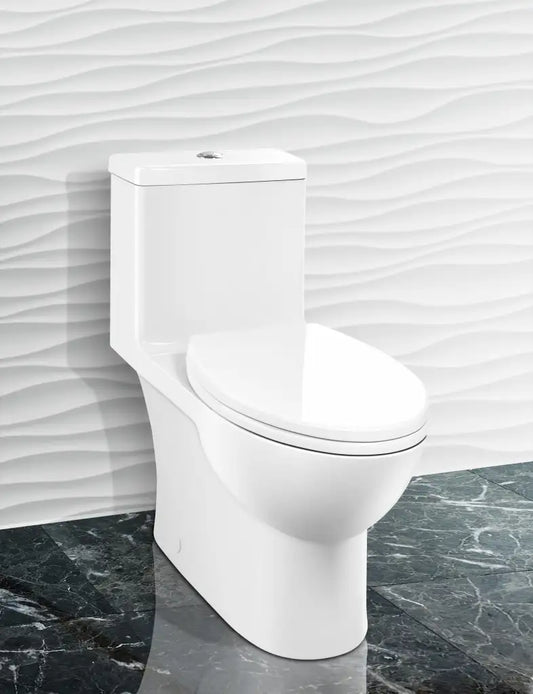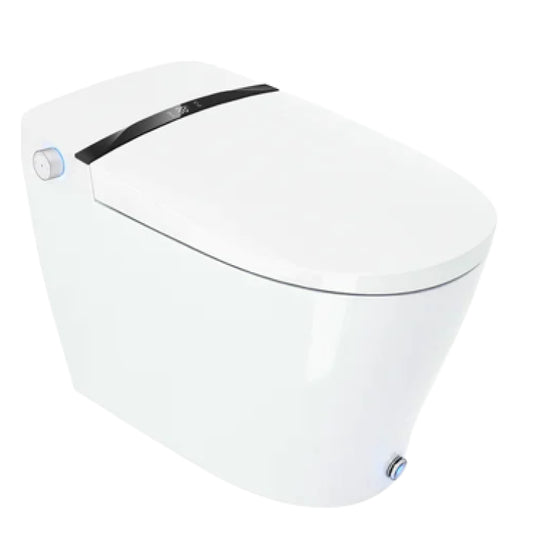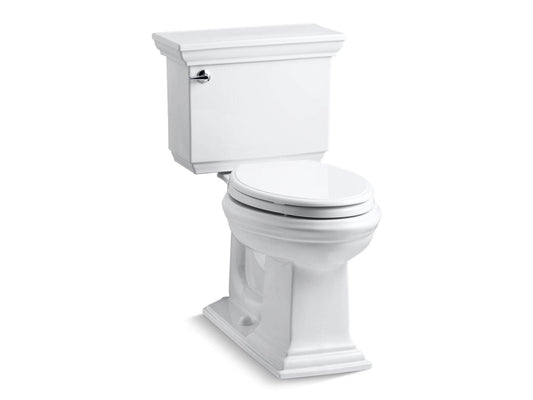-
-
-
-
-
-
-
-
-
-
-
-
-
-
-
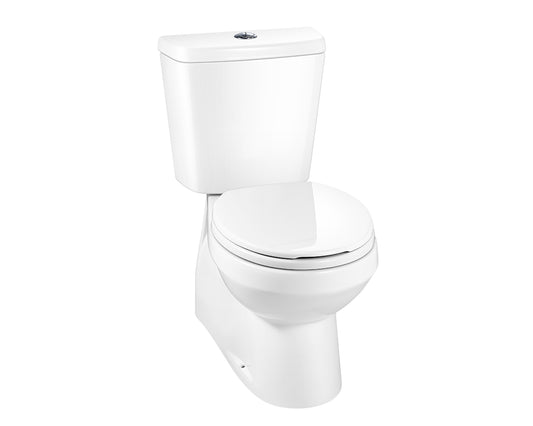 21% Off
21% Off -
-
Bidet toilets
Are there any Downsides to using a Bidet?
Using a bidet has several advantages such as improved cleanliness and reduced toilet paper usage. However, potential downsides include the initial cost of installation, the space required in the bathroom, a learning curve for first-time users, limited availability in certain regions, dependence on electricity for advanced features, and the possibility of discomfort for some individuals.
Do you Wipe then use a Bidet?
The usage of a bidet can vary depending on personal preference and cultural practices. In some cases, individuals may choose to wipe with toilet paper first and then use a bidet for additional cleaning and freshness. This combination approach allows for initial removal of solid waste followed by a thorough cleanse with water from the bidet. However, others may opt to use the bidet alone without the need for toilet paper. Ultimately, it is up to each individual to decide their preferred hygiene routine when using a bidet.
What does a Bidet Toilet Do?
A bidet toilet is a toilet fixture that combines the functionality of a traditional toilet with the cleansing benefits of a bidet. It features a built-in bidet function that sprays water to effectively cleanse the genital and anal areas after using the toilet. With adjustable water pressure and temperature settings, bidet toilets offer a personalized and hygienic cleansing experience. These toilets promote improved personal hygiene, reduce the need for excessive toilet paper usage, and provide a refreshing and comfortable alternative to traditional toilet systems. Additionally, many bidet toilets come equipped with advanced features such as air drying, heated seats, and deodorizers, further enhancing user comfort and convenience.
Why are bidets not popular?
Bidets are not as popular in some regions primarily due to cultural habits, lack of familiarity, and limited availability. In many Western countries, the use of toilet paper has been the traditional method of personal hygiene after using the toilet. Bidets require a change in established habits and may be seen as an unfamiliar concept. Additionally, the availability and installation of bidets in existing bathrooms can be challenging and costly. Furthermore, the perception of bidets as luxury fixtures rather than essential bathroom necessities has hindered their widespread adoption. However, with increasing awareness about hygiene, environmental concerns, and the growing availability of bidet attachments and bidet toilet seats, the popularity of bidets is gradually increasing in various parts of the world.
How Popular are Bidets in Canada?
However, there has been a growing interest in bidets and their adoption in Canada has been slowly increasing in recent years. With the availability of bidet attachments and bidet toilet seats, more Canadians are exploring the benefits of bidets for enhanced hygiene and comfort in their bathrooms.
How to install a Bidet in Canada?
To install a bidet in Canada, the process typically involves the following steps:
-
Choose the type of bidet: Determine whether you want a standalone bidet or a bidet attachment that can be added to your existing toilet. Bidet attachments are usually easier to install and more cost-effective.
-
Check plumbing compatibility: Ensure that your bathroom's plumbing system is compatible with a bidet installation. If you're uncertain, it's recommended to consult a professional plumber to assess the feasibility and make any necessary adjustments.
-
Purchase the bidet: Select a bidet model that suits your preferences and needs. Consider features such as water pressure control, temperature control, and additional functionalities like air drying or heated seats.
-
Gather necessary tools and materials: You will likely need basic tools such as a wrench, screwdriver, and pliers, as well as any additional parts or connectors specific to your bidet model.
-
Turn off water supply: Shut off the water supply to the toilet by closing the valve located near the base of the toilet tank.
-
Remove the toilet seat: Unscrew and remove the existing toilet seat to make space for the bidet installation.
-
Install the bidet: Follow the manufacturer's instructions to install the bidet attachment or the standalone bidet. This typically involves connecting the bidet's water supply hose to the water source and attaching the bidet to the toilet bowl or the designated bidet fixture.
-
Connect the water supply: Reconnect the water supply hose to the bidet or bidet attachment, ensuring it is securely fastened.
-
Test and adjust: Turn on the water supply and check for any leaks. Adjust the water pressure and temperature settings as desired, following the bidet's instructions.
-
Reinstall the toilet seat: Once the bidet is securely installed and functioning properly, reinstall the toilet seat.
If you are unsure about the installation process or encounter any difficulties, it is recommended to consult a professional plumber for assistance to ensure a proper and safe installation.


